History of a TV and Its Evolution Timeline : From Beginning to Present time
Television, an integral part of modern life, has a rich history that spans over a century. From its humble beginnings in the 1920s to the cutting-edge technologies of today, the evolution of this beloved medium is a testament to human ingenuity and our insatiable appetite for visual storytelling. In this article, we embark on a captivating journey through the annals of television history. We’ll unravel the pioneers, breakthroughs, and game-changing technologies that shaped our viewing experiences. Join us as we explore the fascinating tale of how a flickering screen transformed into the immersive, high-definition world we know today.
1. The Birth of Television (1920s)

In the 1920s, visionaries like John Logie Baird and Philo Farnsworth ignited the spark of television. These pioneers developed the earliest versions of TV using mechanical systems. Baird, a Scottish inventor, successfully transmitted the first recognizable human face through a rudimentary contraption. Meanwhile, Farnsworth, an American inventor, created an electronic scanning method to capture and transmit images. These breakthroughs marked the inception of television as we know it today, setting the stage for its remarkable evolution.
Source : “Television History – Invention of the Television” by Mary Bellis, ThoughtCo
2. The Advent of Electronic Television (1930s)
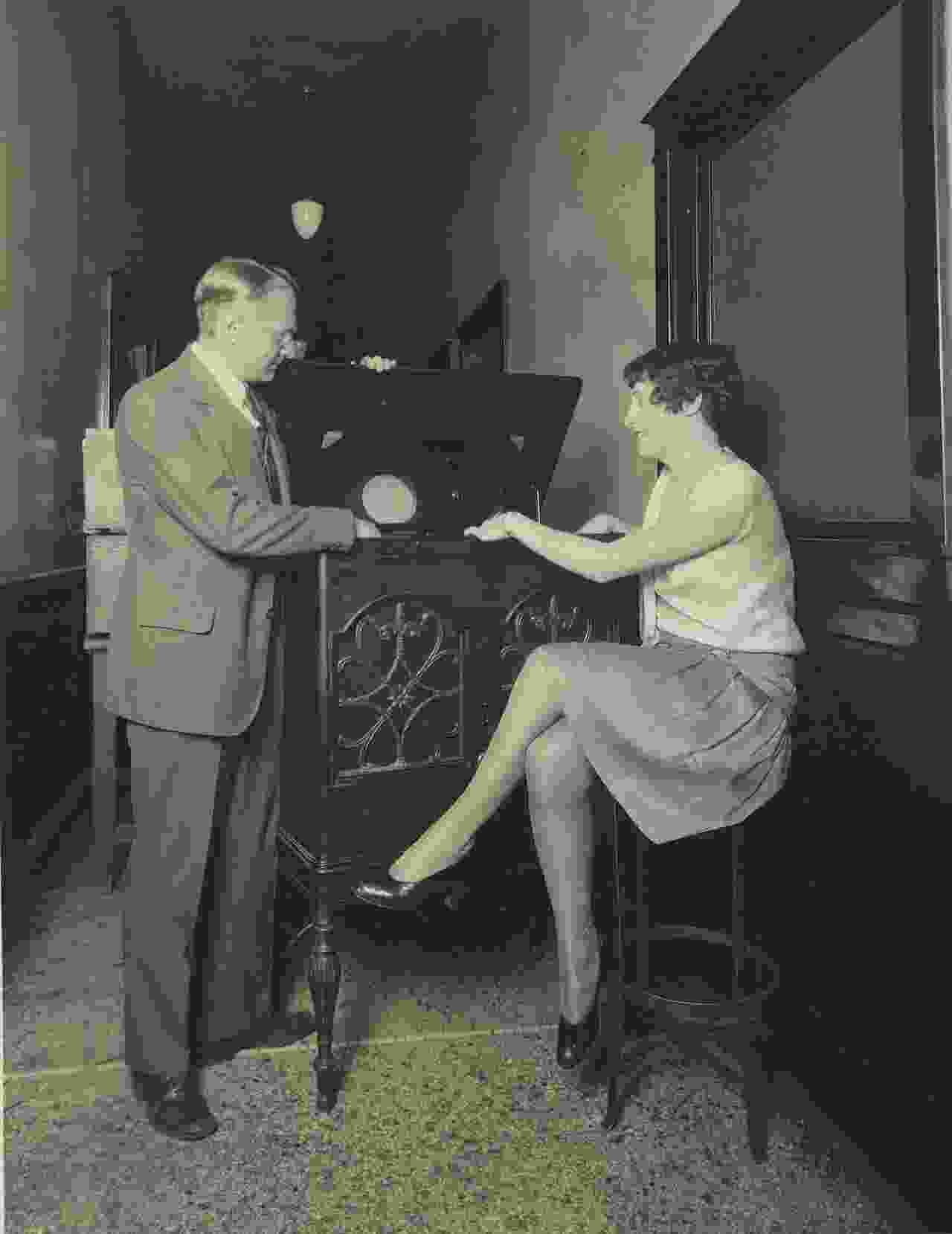
In the 1930s, television underwent a transformative phase with the introduction of electronic systems. Engineers like Vladimir Zworykin and Philo Farnsworth played pivotal roles. Zworykin, a Russian-American inventor, developed the iconoscope, a key component for electronic television cameras. Farnsworth continued refining his electronic method, ultimately creating a fully electronic TV system. This era saw significant advancements, resulting in sharper images and improved reception, laying the foundation for modern television.
Source: “Vladimir Zworykin – The Inventor of Television” by Mary Bellis, ThoughtCo
3. The Rise of Color Television (1950s)

The 1950s witnessed a groundbreaking shift with the advent of color television. Innovations by companies like RCA led to the commercial availability of color sets. This revolutionary development transformed the viewing experience, bringing vividness and realism to broadcasts. Viewers could now enjoy content in vibrant hues, marking a significant milestone in television’s evolution.
Source: “Color Television History” by Mary Bellis, ThoughtCo*
4. Remote Controls and Channel Surfing (1950s-60s)

The late 1950s and early 1960s brought about a game-changing convenience: the remote control. Inventions like the “Lazy Bones” by Robert Adler allowed viewers to change channels without leaving their seats. This ushered in an era of channel surfing, fundamentally altering how audiences interacted with their TVs. It became a standard feature, shaping modern television consumption habits.
Read Also : 10 Deepfake bots facts
5. Cable Television (1960s-70s)

The 1960s and 70s saw the rise of cable television, expanding the range of available channels and programming. This development allowed for improved reception in areas with limited over-the-air signal access. Cable TV paved the way for specialized content and diverse viewing options, transforming television into a more customizable and varied entertainment medium.
Read : 5g Effect on Environment
6. VCRs and Home Video (1970s-80s)
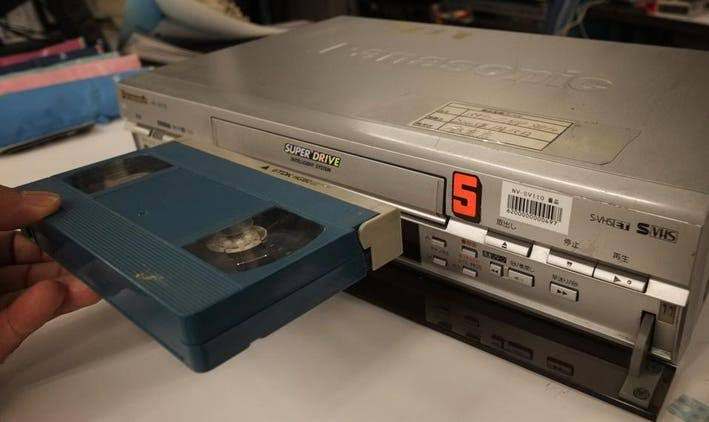
The late 1970s brought a game-changer: the Video Cassette Recorder (VCR). This innovation allowed viewers to record and watch programs at their convenience. Formats like Betamax and VHS competed for dominance, ultimately leading to the widespread availability of home video. This shift empowered audiences to take control of their viewing schedules, fundamentally altering how content was consumed.
Source: “The History of Video Recorders” by David Morton, The Great Idea Finder
7. The Transition to Digital (2000s)
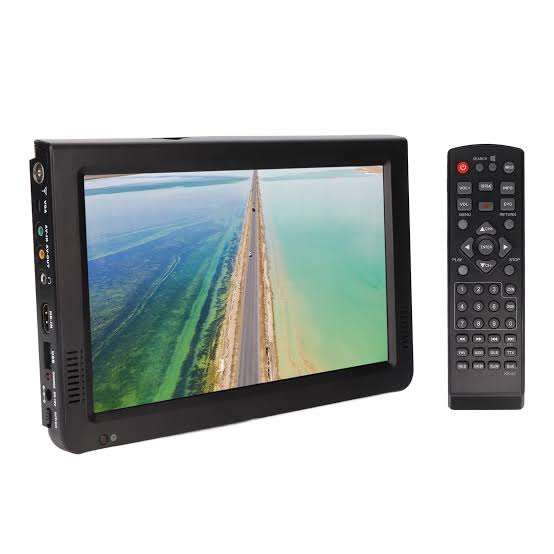
In the 2000s, television underwent a monumental transition from analog to digital broadcasting. This shift facilitated higher quality images, more efficient spectrum use, and additional channels. Digital TV technology laid the groundwork for the high-definition and interactive features that followed, revolutionizing the television experience.
8. High-Definition Television (HDTV) (2000s)
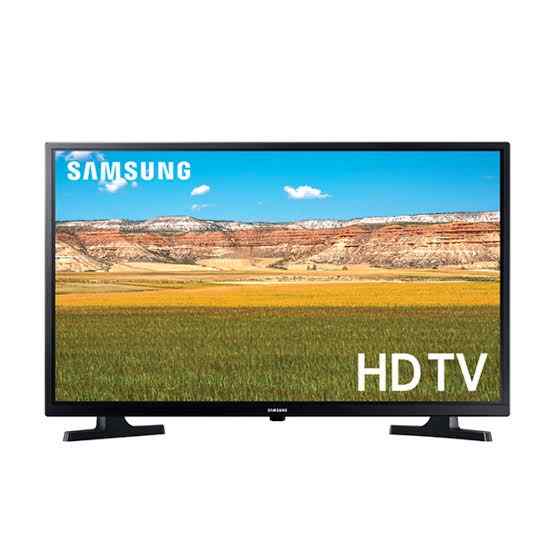
The 2000s heralded the era of High-Definition Television (HDTV). This technology introduced remarkably sharp and detailed images, captivating audiences with its unparalleled picture quality. HDTV marked a significant leap forward in visual fidelity, redefining the standard for television viewing.
Source: “The History and Future of HDTV” by Dan Nosowitz, Popular Mechanics*
9. Smart TVs and Internet Connectivity (2010s)
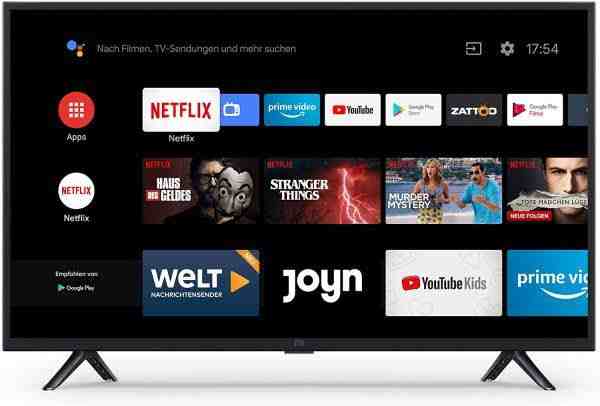
The 2010s saw the integration of internet connectivity into television sets, giving rise to Smart TVs. Viewers could now access a wide array of content, apps, and streaming services directly from their sets. This innovation transformed the television into a versatile entertainment hub, enhancing the viewing experience.
Source: “What is a Smart TV?” by Jon Martindale, Digital Trends*
10. 3D Television (2010s)
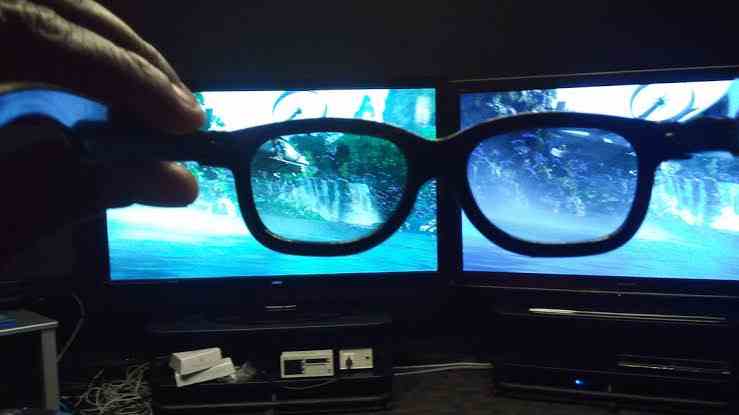
In the 2010s, television briefly ventured into the realm of 3D technology. Although short-lived, 3D TVs attempted to bring an immersive viewing experience into households. This technology added depth and realism to selected content, providing a unique perspective on visual entertainment.
Source: “A Brief History of 3D TV” by Matthew Wells, Den of Geek
11. Ultra High Definition (4K and 8K) (2010s)

The 2010s ushered in a new era of visual excellence with the introduction of Ultra High Definition (UHD) television, encompassing 4K and 8K resolutions. These technologies provided incredibly sharp and detailed images, offering viewers a level of clarity never before experienced. UHD redefined the boundaries of visual fidelity, setting a new standard for television displays.
Source: “Ultra High Definition Television” by Chris O’Donnell, Explain that Stuff
12. OLED and Quantum Dot Technology (2010s)
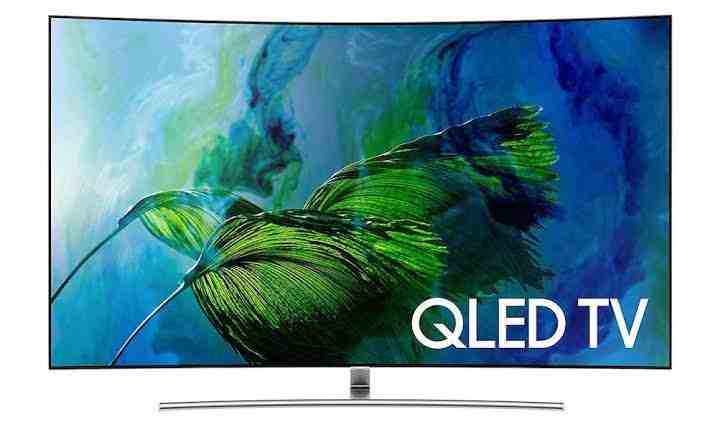
In the 2010s, television saw a revolution with the adoption of cutting-edge display technologies like OLED and Quantum Dot. These advancements resulted in deeper blacks, vibrant colors, and enhanced contrast ratios. OLED’s individual pixel control and Quantum Dot’s nanocrystal semiconductors elevated image quality, providing viewers with a visually stunning experience.
13. Streaming Services and Cord Cutting (2010s)

The 2010s witnessed a paradigm shift in television consumption habits with the rise of streaming services. Platforms like Netflix, Hulu, and Amazon Prime Video revolutionized content delivery, leading to a significant shift away from traditional cable and satellite subscriptions. This “cord-cutting” phenomenon empowered viewers to choose when, where, and what they wanted to watch.
14. The Emergence of Virtual Reality and Augmented Reality (2020s)
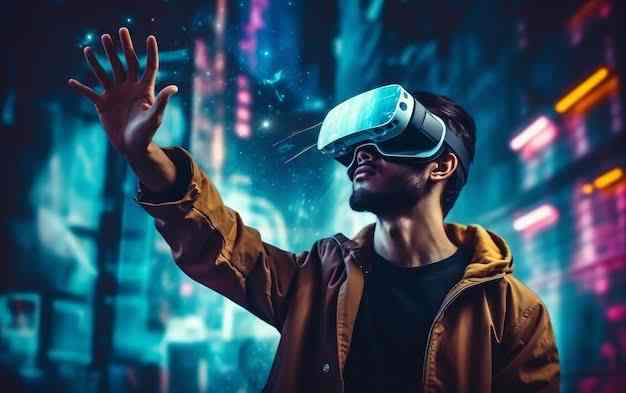
The 2020s witnessed a convergence of television with immersive technologies like Virtual Reality (VR) and Augmented Reality (AR). These innovations promised a new level of interactive and immersive viewing experiences. Viewers could step into virtual worlds or enhance their real-world surroundings with digital elements, blurring the lines between fiction and reality.
Source: “Virtual Reality: What It Is and How It Works” by Dave Roos, HowStuffWorks
15. The Future: AI and Interactive TV (2020s and beyond)
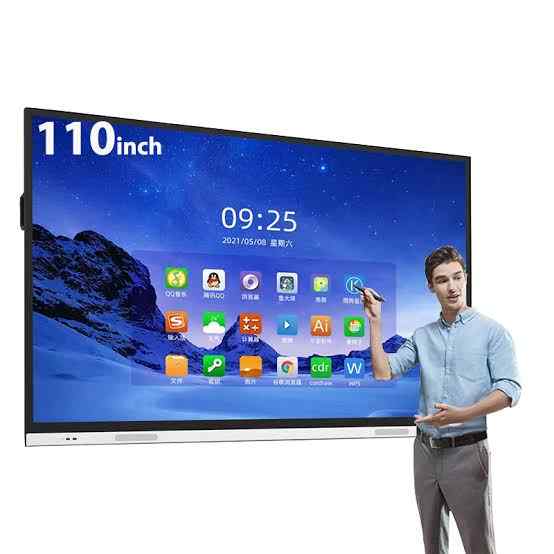
Looking ahead, Artificial Intelligence (AI) is set to revolutionize television. AI algorithms will personalize content delivery, tailoring it to individual preferences. This will create a more interactive and engaging TV experience, shaping the future of how we consume and interact with television.
Source: “The Role of AI in the Future of Television” by Ian Morris, Forbes